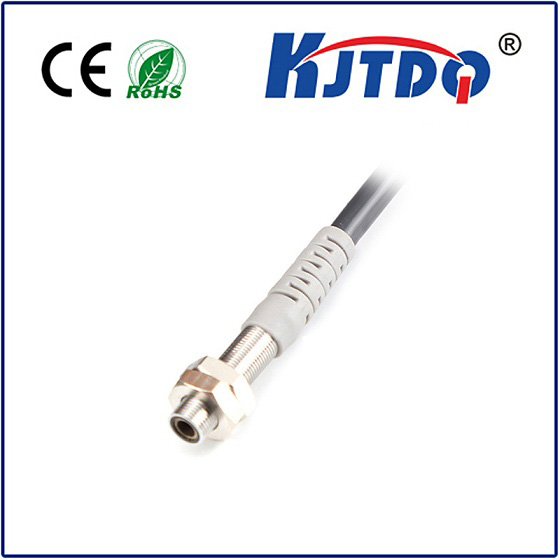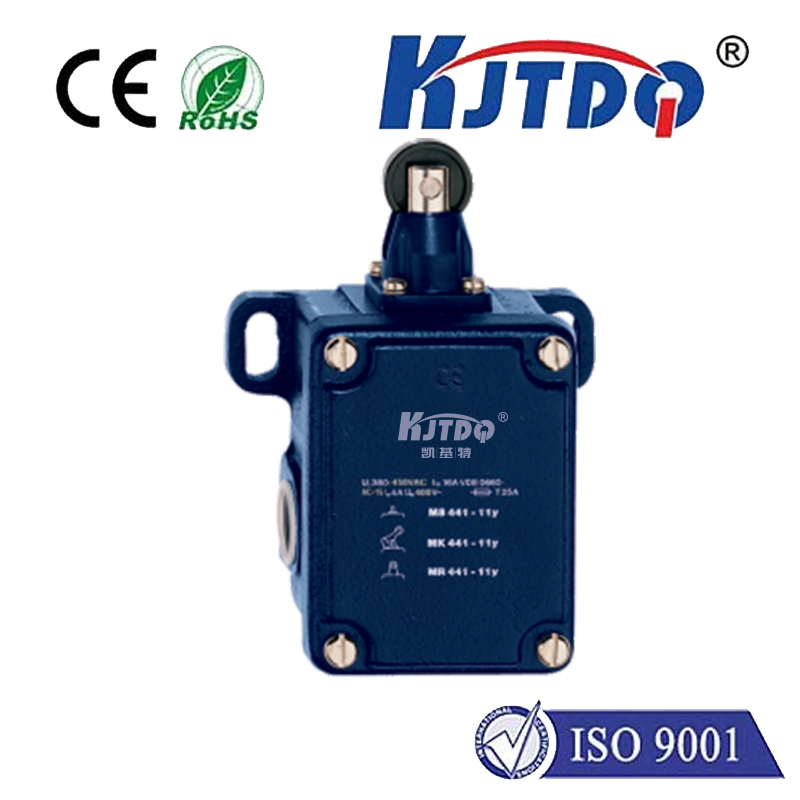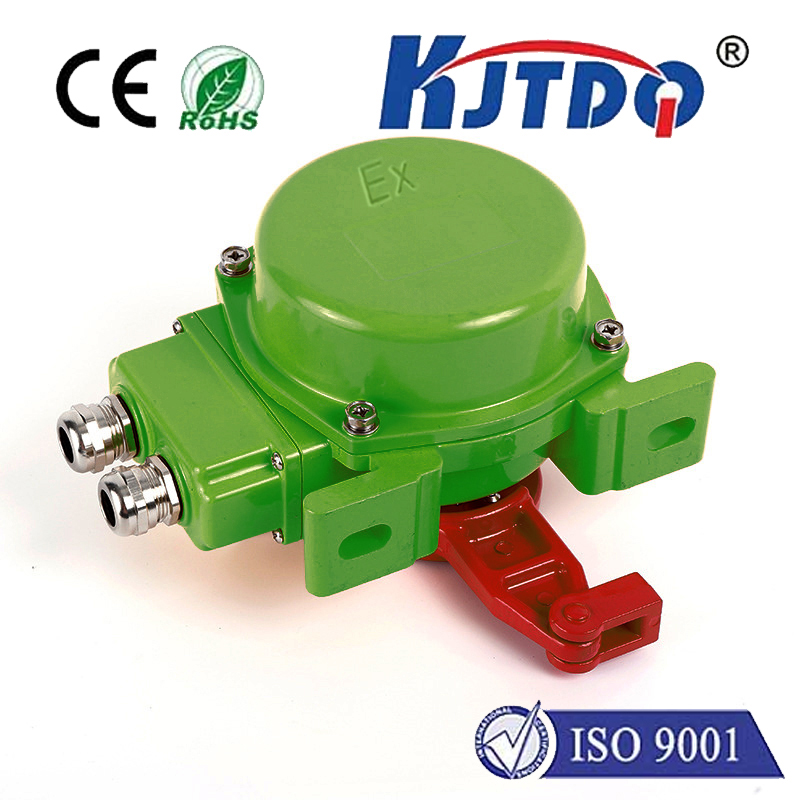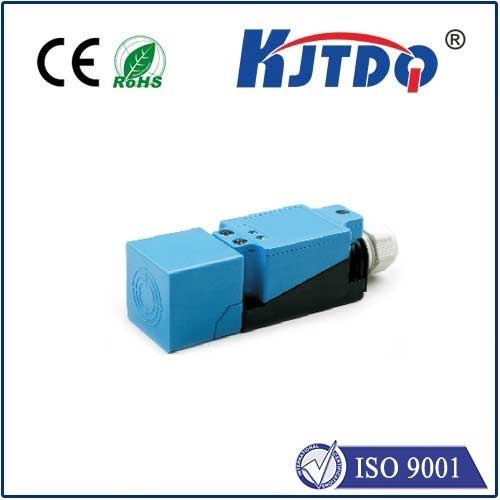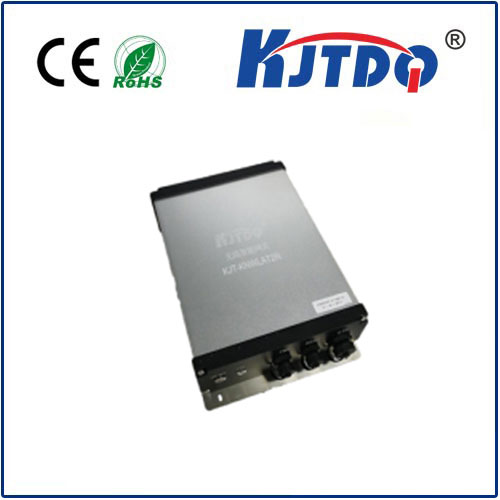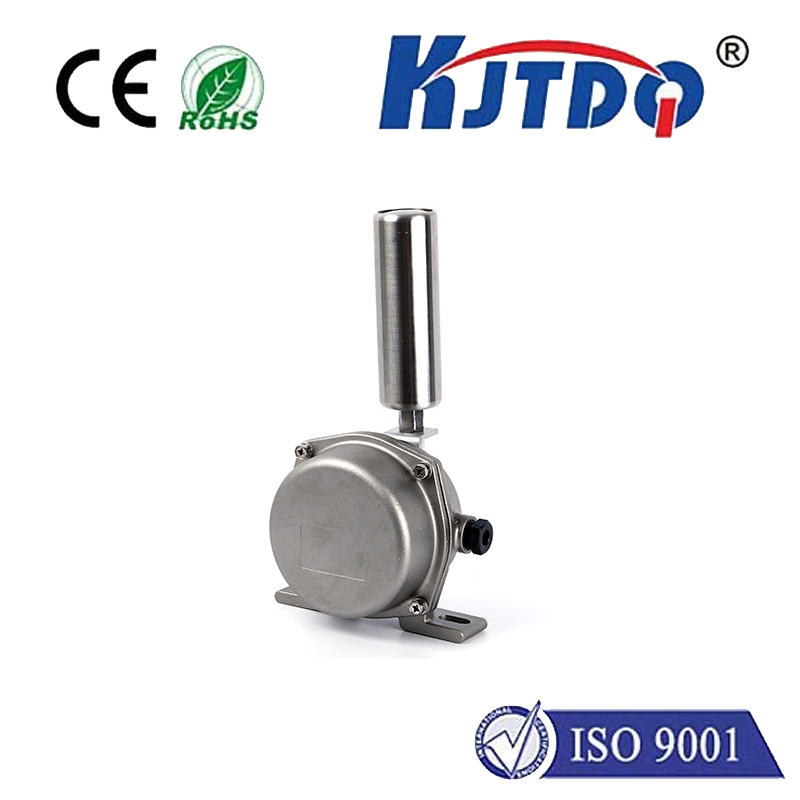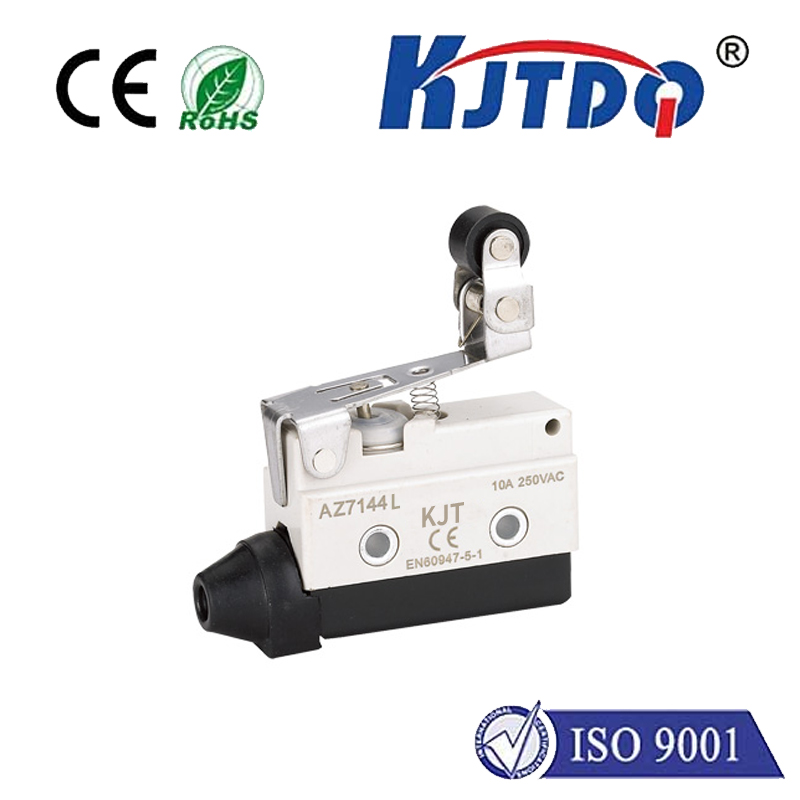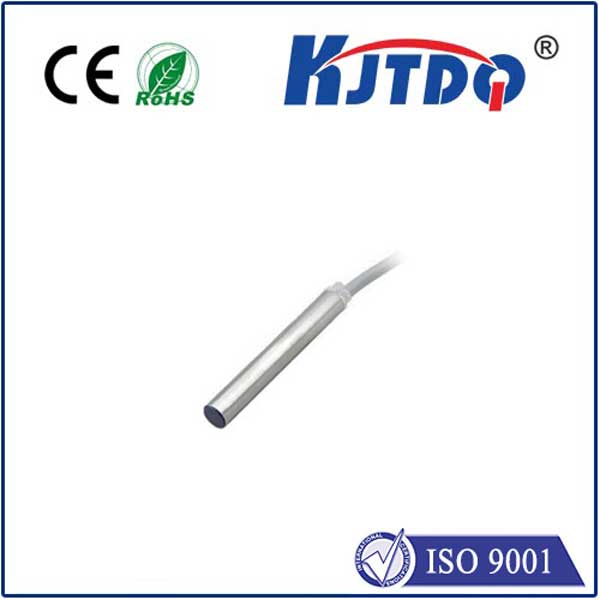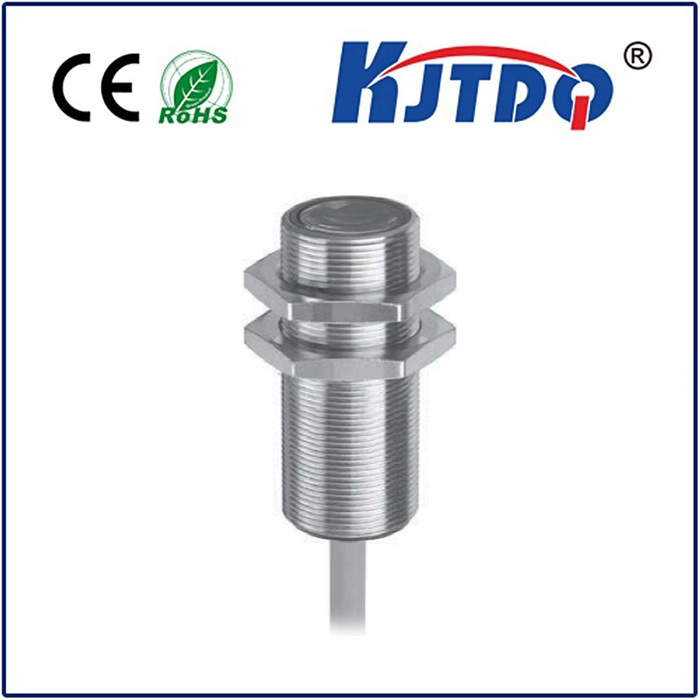измерение скорости датчика приближения
- time:2025-06-24 00:25:36
- Нажмите:0
Proximity Sensors: The Hidden Heroes in Modern Speed Measurement Systems
In the invisible orchestra of modern automation and machinery, proximity sensors play a crucial, often unsung role – precisely capturing the tempo of moving components through speed measurement. While commonly associated with simple object detection, these versatile devices offer a highly effective, non-contact solution for determining rotational and linear velocity. Understanding how proximity sensors translate the dance of metal or magnets into quantifiable speed data reveals a powerful tool for countless industrial and technological applications.
The Core Principle: From Presence to Pulses
Fundamentally, proximity sensors detect the presence or absence of an object without physical contact. Inductive sensors, the most common type for speed applications, generate an electromagnetic field. When a metallic target (like a gear tooth, shaft key, or a dedicated flag) enters this field, it induces eddy currents within the metal. This interaction alters the sensor’s internal oscillation, triggering an output signal change – typically a switch from “off” to “on” or an analog voltage shift. Crucially, it’s the frequency at which this output signal changes state that becomes the key to speed measurement.
Think of a gear rotating near a sensor. Each passing tooth causes the sensor’s output to pulse. If the gear has Н teeth and rotates at С revolutions per minute (RPM), the sensor will generate N * S pulses per minute. Converting this pulse frequency into speed is a matter of straightforward calculation:
Speed (RPM) = (Pulses per Minute) / (Number of Targets per Revolution)
For linear speed, if targets (like slots on a linear track or magnets on a conveyor belt) are spaced at a known distance Д, the speed V. is:

Speed (Linear, e.g., m/s) = (Pulse Frequency in Hz) * D
Why Choose Proximity Sensors for Speed?
Compared to traditional methods like tachometers or encoders, proximity sensors offer distinct advantages:
- Non-Contact Operation: This is paramount. There’s no mechanical wear, eliminating friction losses and maintenance associated with contacting devices like drag cups or mechanical tachometers. It allows measurement on components that are difficult to access or should not be touched (e.g., hot surfaces, delicate parts).
- Robustness and Durability: Housed in rugged casings (often stainless steel), these sensors withstand harsh industrial environments – including vibration, dust, moisture, oils, and high temperatures. Their solid-state nature contributes to long operational life.
- Simplicity and Cost-Effectiveness: The installation is often straightforward – fix the sensor near the target path. They are generally more affordable than high-resolution optical encoders or laser-based speed sensors.
- High-Speed Capability: Modern inductive and magnetic proximity sensors can respond to extremely high pulse frequencies, accurately measuring speeds ranging from very low RPMs right up to tens of thousands of RPM.
- Immunity to Contaminants: Unaffected by non-metallic debris like dust, smoke, or oil mist (within limits), which can plague optical methods.
Applications Spanning Industries
The non-contact speed sensing capability of proximity sensors makes them indispensable across diverse sectors:
- Automotive Manufacturing: Monitoring engine crankshaft/camshaft RPM on test stands, wheel speed for conveyor synchronization, spindle speeds on machining lines.
- Промышленное оборудование: Measuring motor shaft speed, conveyor belt velocity, fan/blower RPM for condition monitoring and control, turbine speed.
- Перевозка материалов: Tracking the speed of rollers, chains, and belts in packaging lines and sorting systems.
- Rail Transportation: Wheel speed detection for traction control and anti-skid systems (using magnetic sensors on wheel hubs or axles).
- Wind Energy: Monitoring gearbox output shaft speed or generator RPM for performance and safety.
- Pulp & Paper / Steel Mills: Measuring roll speeds in demanding, dirty environments.
Key Considerations for Implementation
Achieving accurate rotational velocity or linear speed measurement requires careful setup:
- Sensor Selection:
- Type: Inductive sensors are ideal for ferrous metals. For non-ferrous metals or longer ranges, capacitive sensors might be used, but they are more sensitive to environmental factors. Magnetic sensors (Hall effect or reed switches) are excellent for detecting permanent magnets embedded in or attached to targets.
- Switching Frequency: The sensor’s specified maximum switching frequency must exceed the expected pulse frequency generated by the fastest speed and target configuration.
- Sensing Range & Target Size: Ensure the target reliably triggers the sensor within its nominal sensing range. Target size and material significantly impact effective range and signal strength.
- Target Configuration: For rotary speed, targets are often gear teeth, keyways, bolts, or dedicated trigger wheels with teeth or embedded magnets. The number of targets per revolution (
Н) directly impacts resolution – more targets provide higher resolution but generate a higher pulse frequency. For linear motion, slots, holes, or magnets are spaced at a known distance Д.
- Mounting Precision: Consistent alignment and the Воздушный зазор between the sensor face and the target path are critical for reliable triggering. Too large a gap weakens the signal; too small risks collision. Vibration can cause fluctuating gaps, affecting signal stability.
- Signal Processing: The raw pulse train from the sensor needs conditioning and interpretation. Programmable Logic Controllers (PLCs), dedicated speed monitors, or data acquisition systems (DAQ) equipped with high-speed counters or frequency measurement modules convert the pulse frequency into a usable speed value. Debounce filtering is often applied to eliminate noise from contact bounce or signal irregularities.
Performance and Limitations
While robust and versatile, proximity sensor speed measurement has limitations:
- Resolution: Resolution is finite, determined by the number of targets per revolution (
Н). Measuring very low speeds precisely requires a large Н, increasing complexity and pulse frequency demands.
- Absolute Position Limitation: Standard proximity sensors used this way provide speed information but not absolute angular position (unlike encoders). They can determine rotational speed effectively but not the exact shaft angle at a given instant unless combined with indexing.
- Target Dependency: Performance is heavily reliant on target material (for inductive), size, shape, and consistent motion path. Changes can affect accuracy.
- Ambient Conditions: Extreme electromagnetic interference (EMI) can sometimes disrupt sensor signals. Very high temperatures beyond the sensor’s rating will cause failure.
Optimizing Your Speed Measurement System
For engineers designing or maintaining speed measurement loops using proximity sensors, focus on:
- Precisely calculating the required
Н or Д for the desired speed range and resolution.
- Selecting sensors with adequate switching frequency, environmental rating, and sensing range.
- Ensuring rigid, vibration-resistant mounting for consistent air gaps.
- Implementing proper signal conditioning and filtering in the control system.
- Regular inspection of sensors and targets for buildup of debris or physical damage that could affect performance.
Harnessing the Pulse
Proximity sensors, transcending their basic detection role, provide a highly reliable, rugged, and cost-effective method for non-contact speed sensing in demanding environments. By mastering the relationship between target events, pulse frequency, and fundamental calculations, engineers leverage these ubiquitous components to monitor and control the vital rhythm of machinery – ensuring efficiency, safety, and performance across a vast spectrum of modern technology. From the subtle whir of a small motor to the thunderous rotation of a turbine, proximity sensors silently capture the essence of motion: speed.

